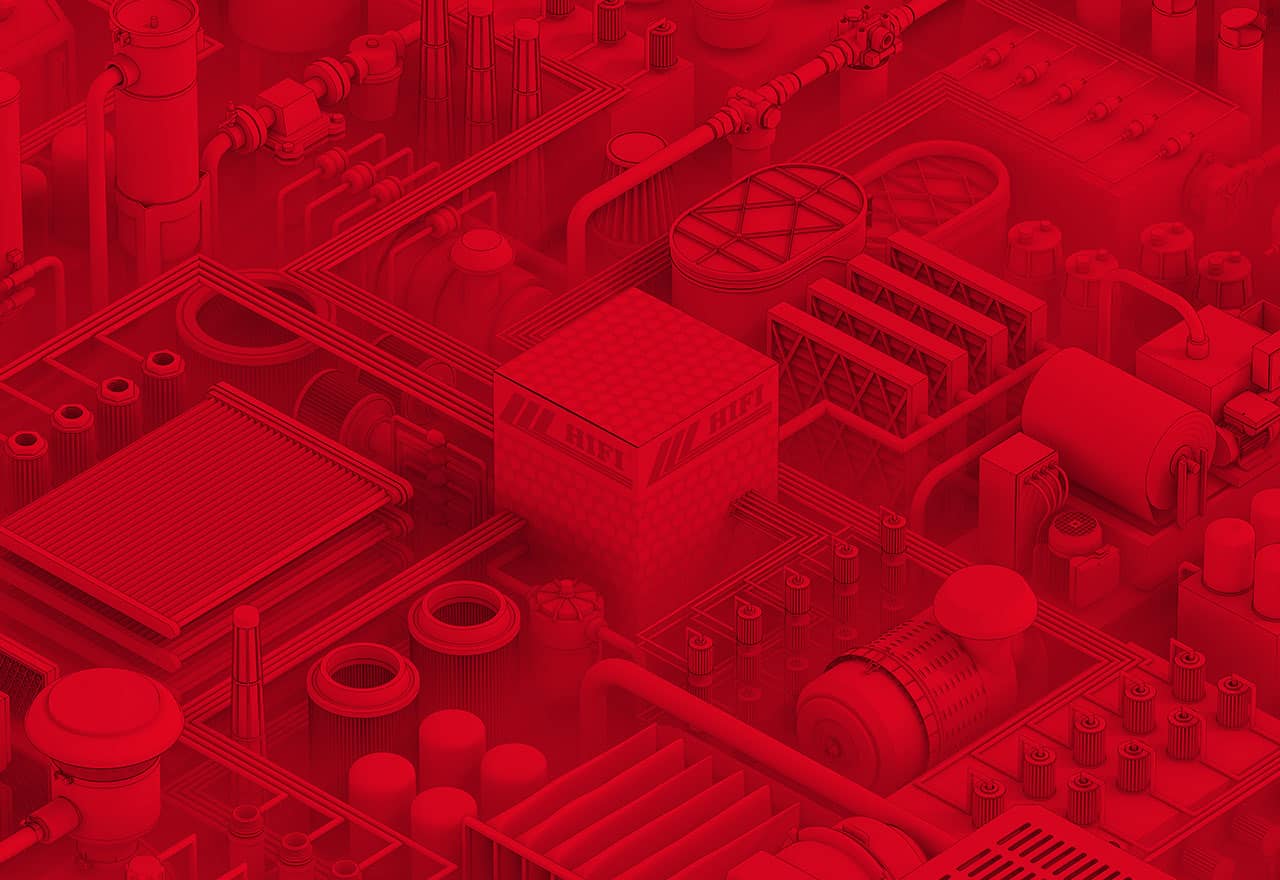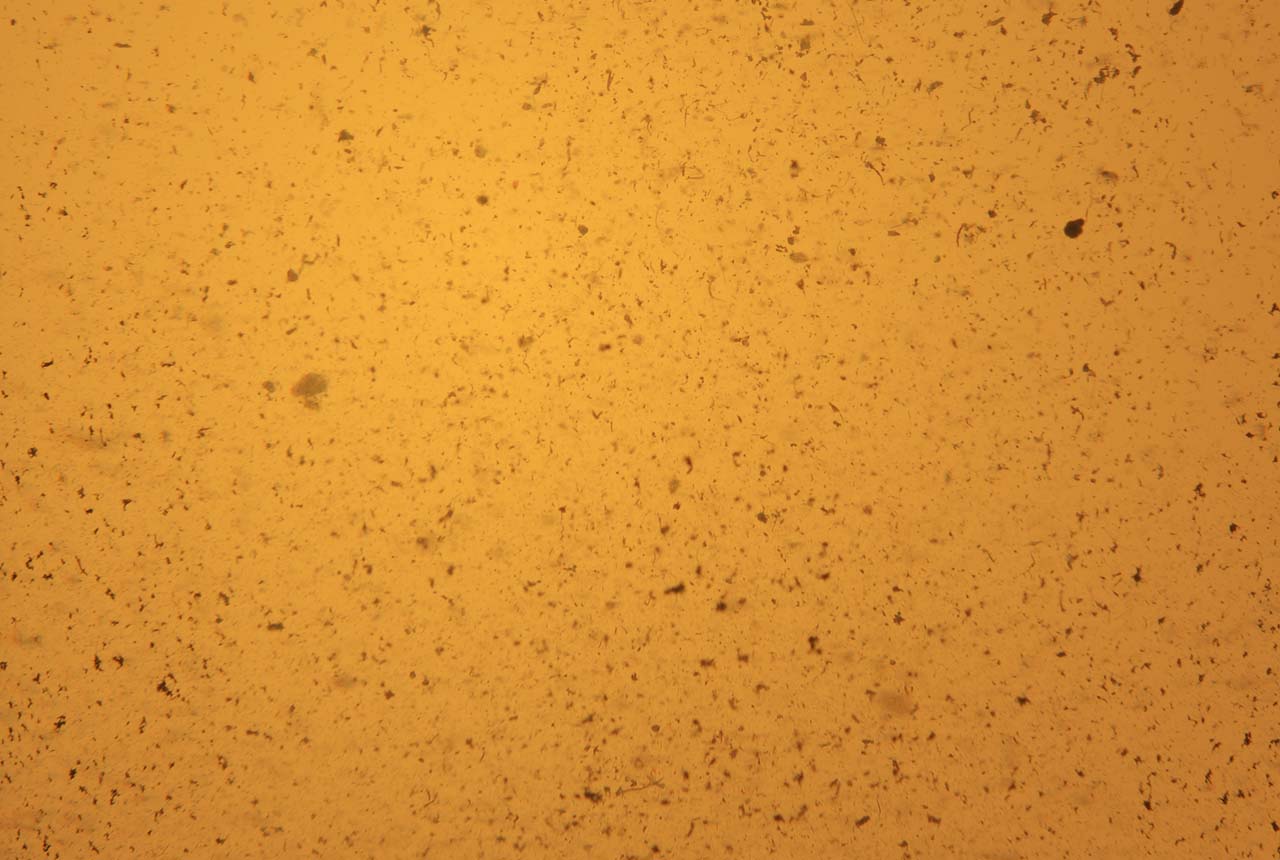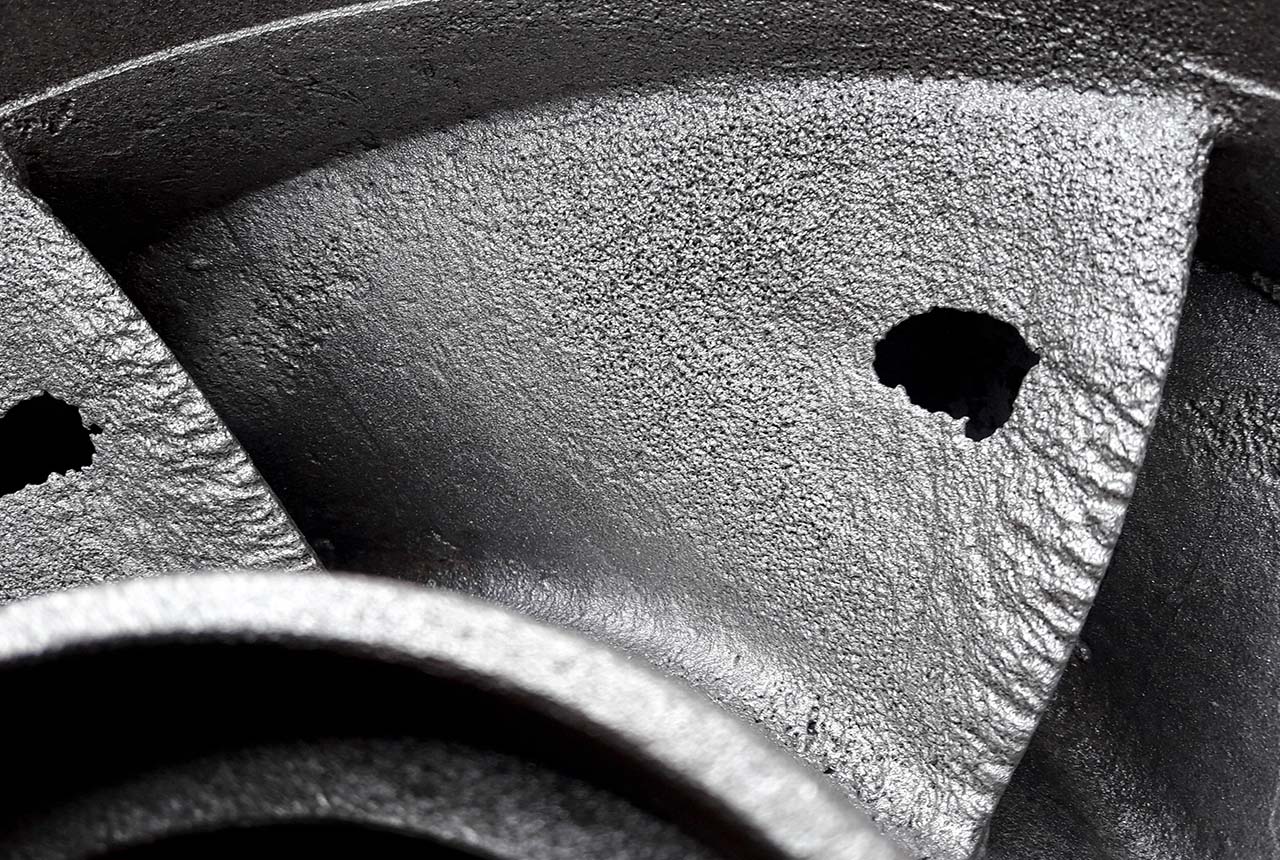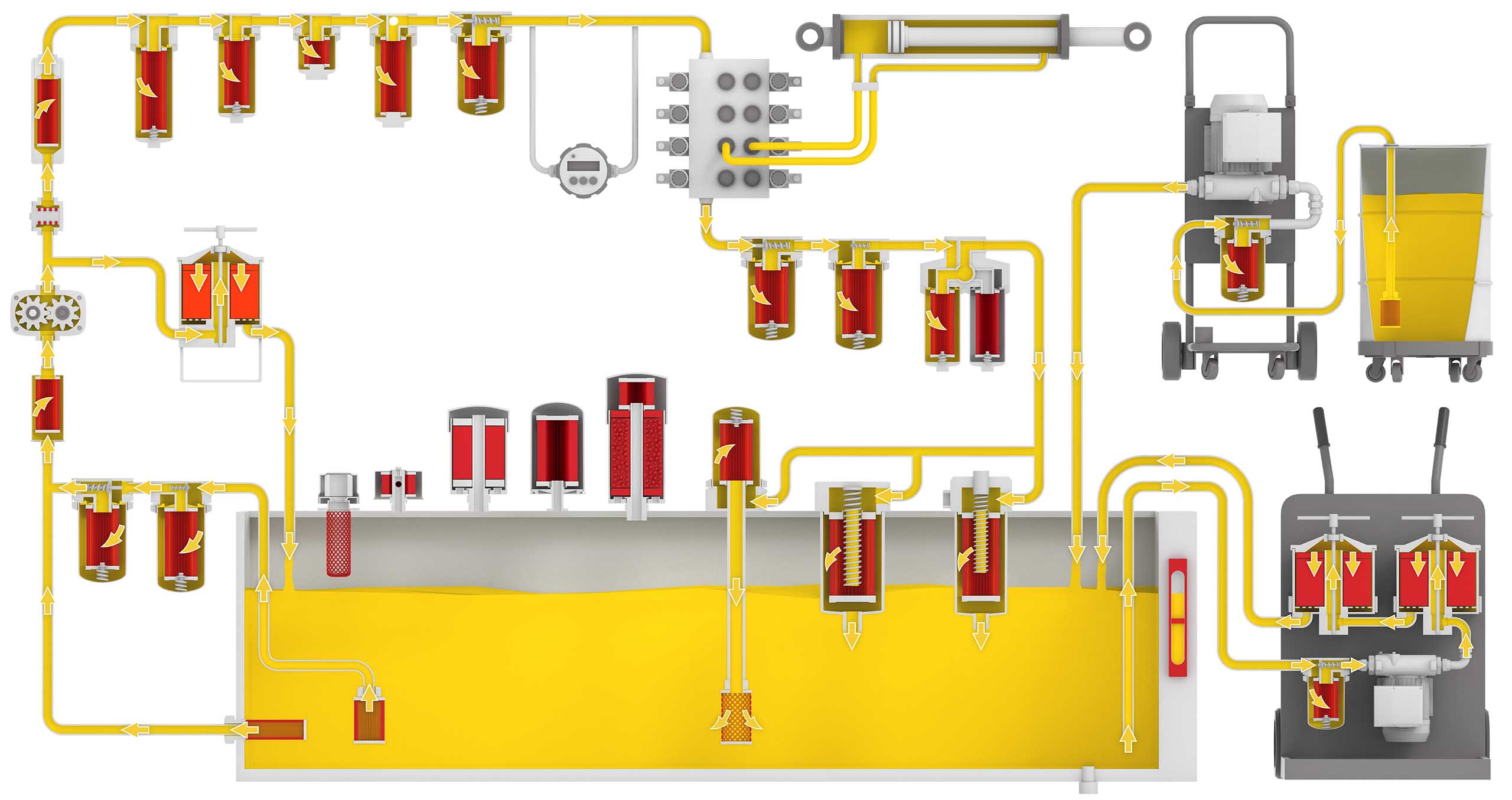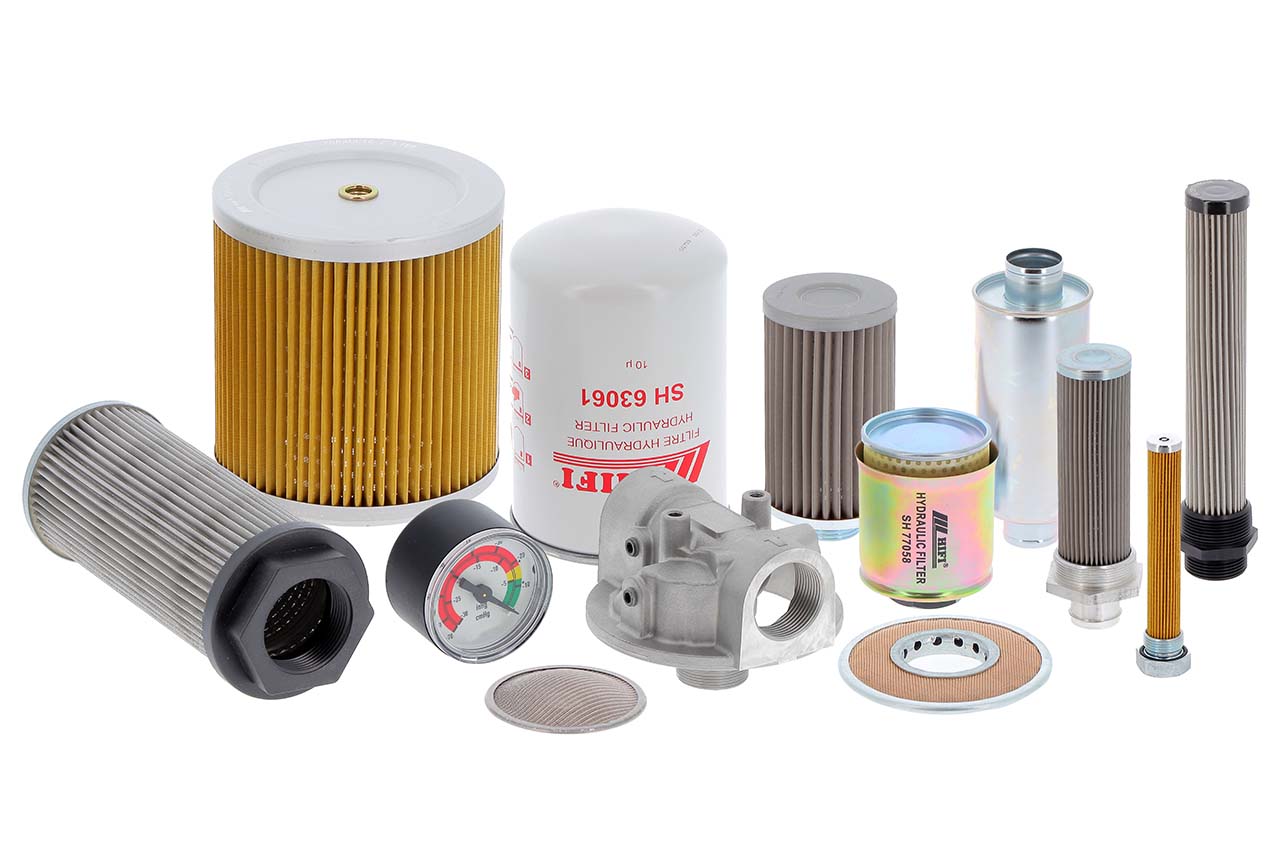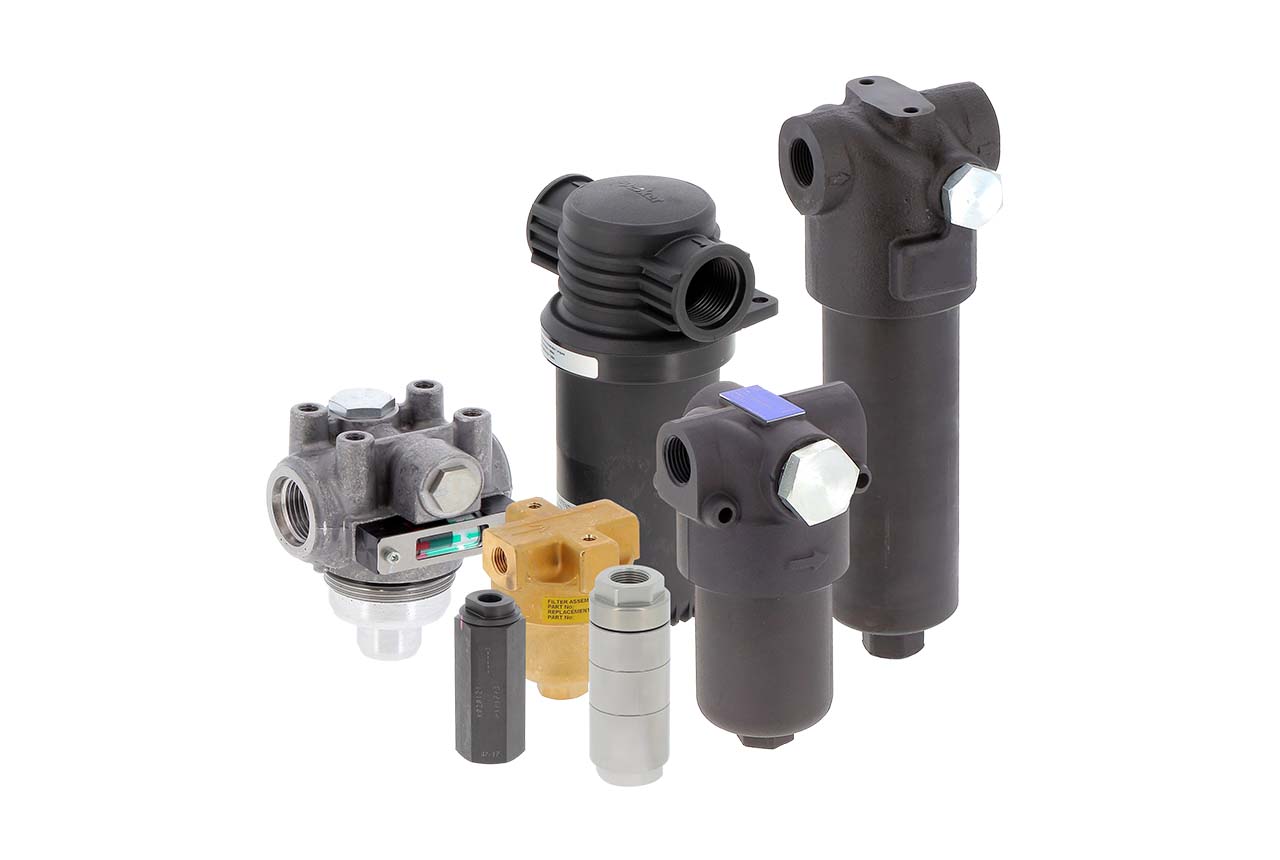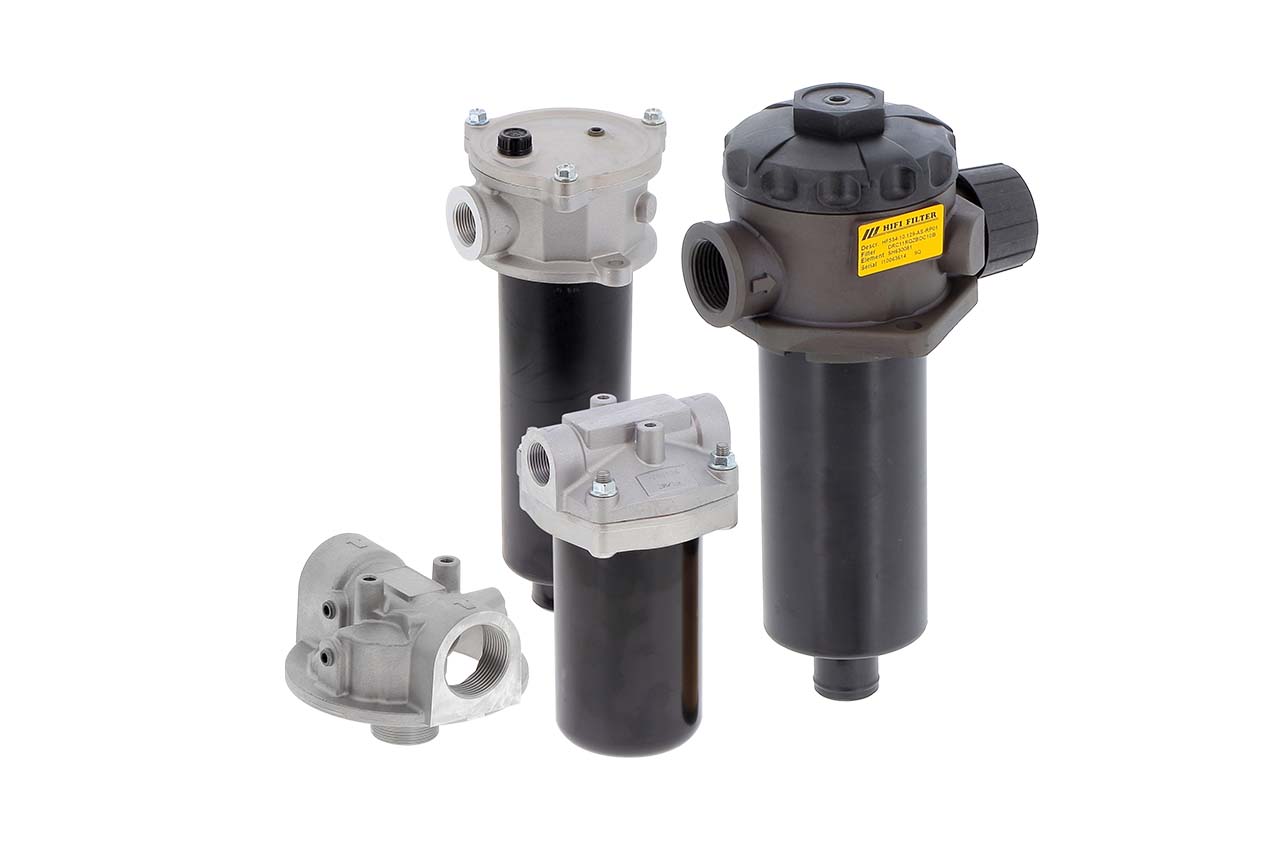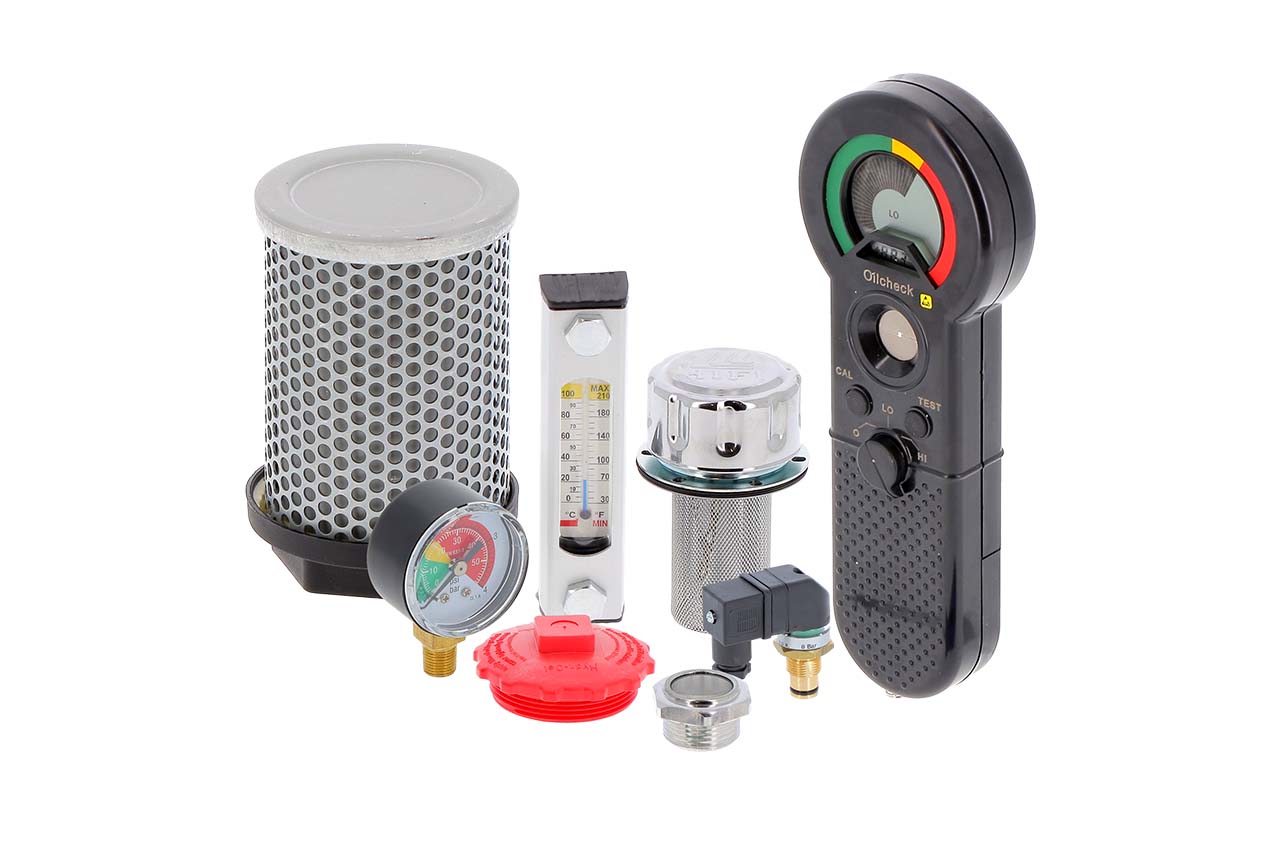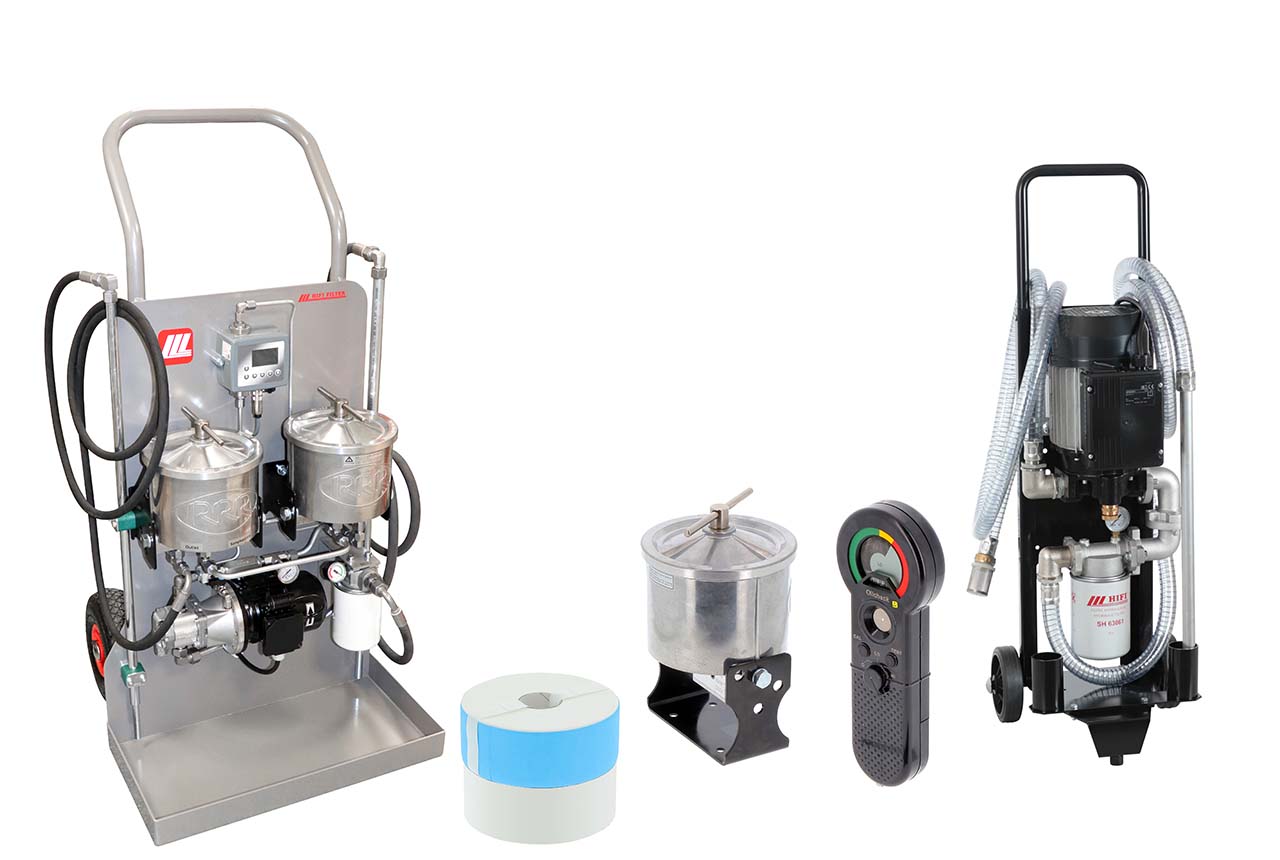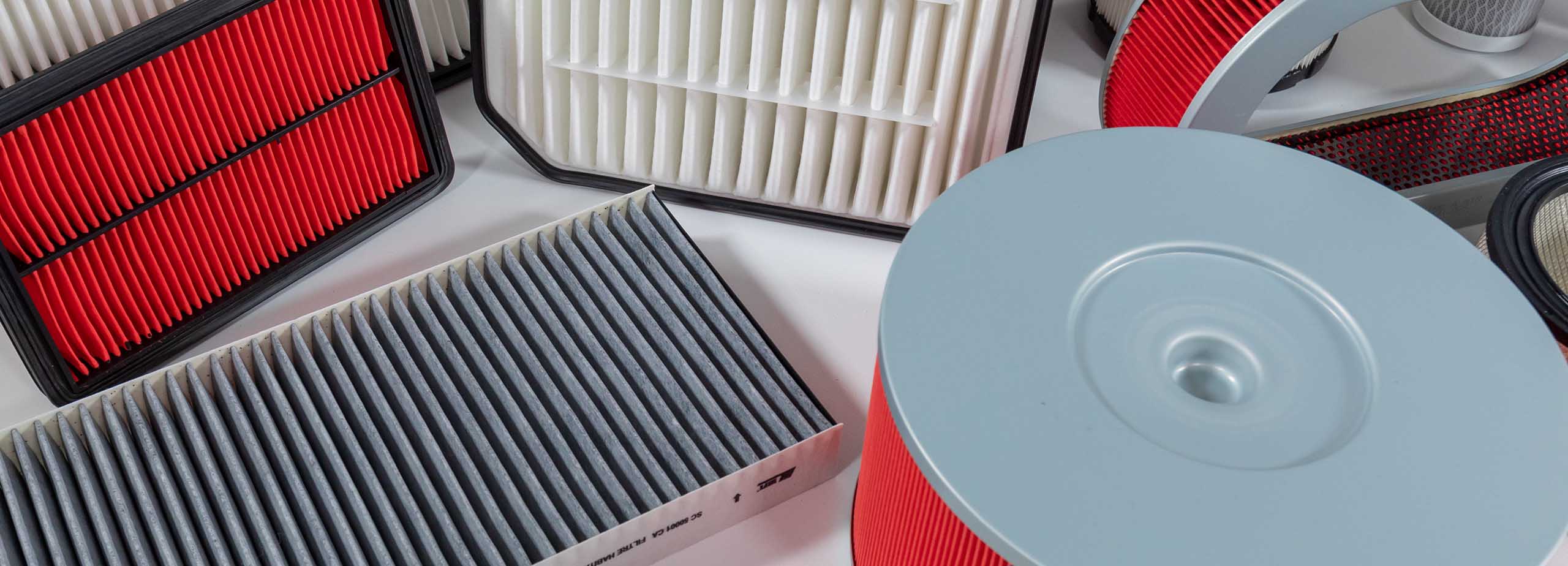Filters are crucial elements in hydraulic systems, blocking impurities, protecting components and extending the life of the system. The level of filtration depends on several factors:
- Cleanliness requirements and component sensitivity
- The level of contamination in the ambient environment
- The machine's operating cycle
- Easy maintenance of components and spare parts
- System operating pressure
HIFI FILTER® offers a wide range of housings, filters and accessories, designed for different pressure levels and locations in the hydraulic circuit, from fluid intake to pressure zone, tank venting and return.

